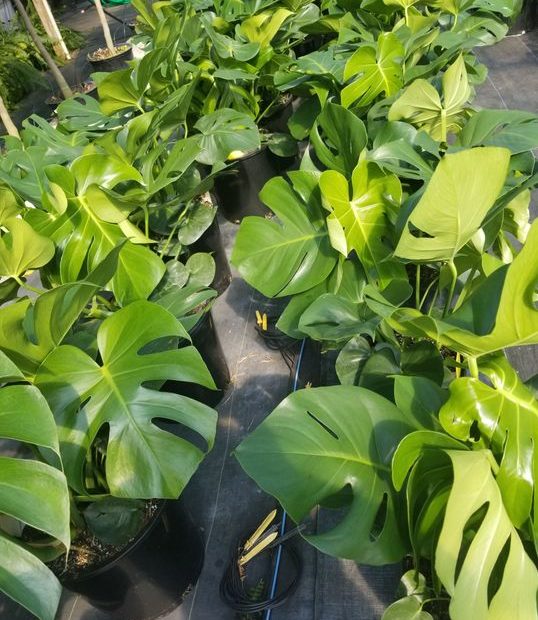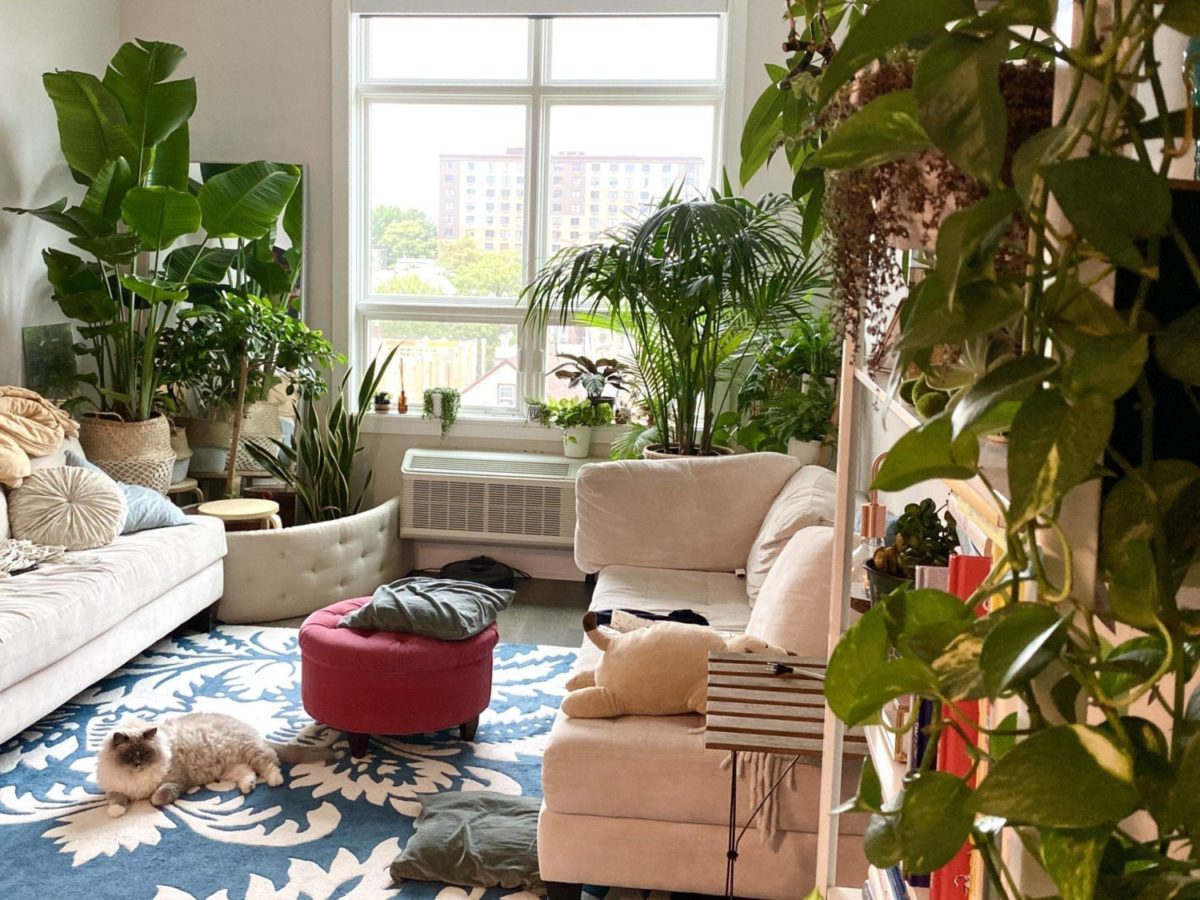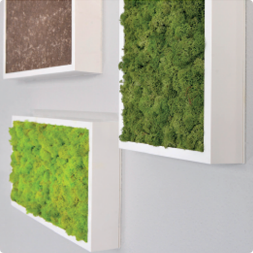Top Nine Plant Care Tips
Some people have a green thumb, while others have some plant-killing tendencies – wherever you are in your plant journey, we’re here to help. Follow these nine simple plant care tips to ensure your plants live their best lives and are never on their last leaf.
Choose Plants Based on Your Needs, Not Your Wants
We’ve all fallen in love with a plant, only to get it home and have it kick the potter after a few weeks. To ensure the plants you want are the plants you can have, assess the lighting situation in your space before heading out on the plant prowl. The easiest way to determine the type of light in your home or office is to check what directions your windows are facing: south-facing windows give the most direct and brightest light, east- and west-facing windows give off indirect but moderate light, and north-facing windows get the lowest amount of sunshine. Be aware, too, that light changes seasonally and that south-facing windows may deliver the most light in the winter when the sun moves lower in the sky.
Match Your Plant to Your Personality
Be sure to consider your lifestyle and personality when deciding on a plant. If you’re constantly on the go or are just forgetful, go with a plant that thrives on neglect and isn’t fussy about a missed watering or two. There are tons of plants that are genuinely difficult to kill, so don’t think you have to settle for artificial plants to have a social life! If you have more free time on your hands or are a homebody, go for the needier plants that love having your undivided attention.
Less is More
When it comes to watering your plants, it’s always better to underwater than to overwater as too much water can lead to dreadful root rot. Most plants prefer being slightly dry rather than soaking wet, so they’d thank you for a missed watering over an unnecessary bath. You should ditch the weekly water schedule and only water your plants when they are actually thirsty. Always check the soil first to judge how your plants doing- and we recommend using a soil probe to be absolutely sure. Many times, the soil can appear dry and even be dry in the top two inches, but if you probe down deeper in the soil, you sometimes find plenty of water for the plant to use. We have a great soil testing tool that can be found here. For more in-depth (get it?) watering instructions, check out our watering guide: Watering for Success.
Stability
Houseplants love stability and thrive once they are used to their surroundings. Just like people, plants are most comfortable between 65 and 75 degrees, and any extreme change in their environment can stress them out. You should always do your best to avoid placing your plants near vents, heaters, and doors that may create hot or cold drafts and shock your green friends.
Find A Dealer You Trust
Try to always purchase your plants through a trustworthy and reliable source, like PLANTZ! Specialty plant stores are the way to go, and they often have people with expertise to answer any questions you may have. As a rule of (green) thumb: only buy plants in places whose main specialty is plants and plant care– avoid supermarkets, home improvement stores, and department stores that offer plants of suspect quality that you have to lug home. Always check your new plant out for any signs of distress such as yellow leaves, mildew, brown tips, and weak stems.

Humidity Control
Most plants grow best in conditions that are similar to their natural environments. For tropical plants that prefer higher humidity, or if your house is just more on the dry side, lightly mist your plants with a spray bottle in between waterings to keep them happy and healthy. You can also group these plants together to help create a more humid environment in the colder months. A humidifier is a great option for both you and your plants, but be careful of condensation staying on your plants leaves too long as it can be harmful.
Dust Bunnies Are Not Your Friends
A buildup of dust can hinder you and your plant babies from living your healthiest lives. When plants collect too much dust on their leaves, they can’t get the same amount of sunlight that they need to survive. When their leaves don’t get the light needed for photosynthesis, they also don’t give off as much oxygen as they normally would. Gently wiping your plants with a wet cloth or giving them a room temperature shower should do the trick.
Pruning Your Plants
Pruning allows you to get rid of old-growth and encourages new growth- similar to getting your hair trimmed! How often you need to prune a plant depends on the type of plant and its growth rate, but at some point, you’ll have to grab those pruners or scissors for some cleanup. Without pruning, your plant could run wild and the roots could outgrow their grow pot. Be sure to trim away any dead or old leaves, and always prune at a 45-degree angle above the leaf node.
Skip the Fertilizer If You’re Unsure
At PLANTZ, we ship all of our plants with the right amount of nutrients already in the soil to keep them happy and healthy for the first 6 months. After that, it’s recommended that you find a fertilizer formulated for interior plants to share with your new friends during the growing season. We offer one of the best plant food products on the market that can be found here. Plants get minerals and nutrients from their potting mix, sunlight, air, and water- so your plants will still be healthy without the additional additives but after 6 months it is good to add some food.



















